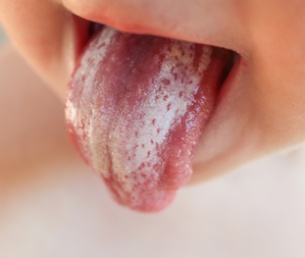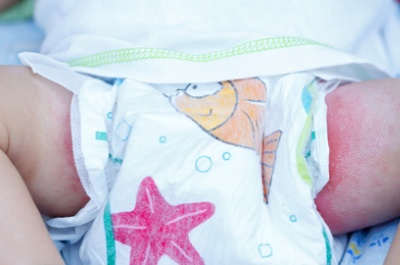
Are you looking for accurate, easy-to-understand candidiasis information? You’ve come to the right place. Candidiasis is simply an overgrowth of a type of yeast called candida (usually candida Albicans, though sometimes other types of candida). This is a type of yeast that normally lives on our skin and mucous membranes (like in our mouths, digestive tracts, and reproductive tracts). Sometimes a medical problem or medication causes it to grow much more than normal, though, and then it begins to cause unpleasant or even life-threatening symptoms.
Sometimes a natural cure for candidiasis will solve the problem. In other cases, you may need to see a doctor.
Candidiasis of the Skin
Candidiasis most commonly affects mucous membranes, like the mouth and throat, the digestive tract, and the reproductive tract. It can also affect the skin, however. This may be most common in cases of diaper rash when the compromised, irritated skin of the diaper area becomes overgrown with yeast. It is a common occurrence in that area because the yeast flourishes in warm, moist places like a diaper. Symptoms include dark red, irritated, painful-looking skin. In severe cases, yellow blisters filled with fluid may form. An infant with this sort of infection in the diaper area will cry and experience obvious distress.

Candidiasis of the skin, such as a diaper rash caused by candidiasis, is usually treated with antifungal medication in the form of a powder, ointment, or cream.
Oral Candidiasis Information
Oral candidiasis is often referred to as thrush. There may be white patches in the mouth and throat. The tongue may have a white coating that is difficult or impossible to wipe off or the tongue may appear beefy and red. Your throat may be extremely sore, too. Thrush is most common in the very young and very old, as well as in people with weakened immune systems, such as people with HIV or AIDS and those undergoing chemotherapy.
Oral candidiasis is usually treated with antifungal medication, either in the form of a mouthwash or a pill that is swallowed or dissolved in the mouth. It’s important to treat it because if untreated, the infection may enter the blood stream and become very serious. See the section below on invasive candidiasis for more information.
Genital Candidiasis Information
Women often simply refer to genital candidiasis (or vaginal candidiasis) as “a yeast infection.” Symptoms include a thick yellowish or off-white discharge that may have a bad smell and itching or irritation in the genital or vaginal area. Sexual intercourse may be painful, as well. Genital yeast infections often occur after a woman has taken a course of antibiotics for a minor illness, which can kill off “good bacteria” and allow naturally-occurring yeast to overgrow.

While genital yeast infections are more common in women, men can get them, too. Sometimes men get yeast infections from female sexual partners that have genital yeast infections, although that is not the only way they can get them. Symptoms of genital candidiasis in men include a red rash on the penis and itching or a burning sensation on the penis.
In women, genital candidiasis is usually treated with a cream or suppository that goes inside the vagina. In men, it is usually treated with a cream that is applied to the penis. Doctors may prescribe oral antifungal medication instead.
In addition, taking probiotics can help prevent a recurrence of a yeast infection (1). Probiotics help restore the balance of “good” bacteria and fungi in the body. Remember, some yeast is supposed to live on the skin and mucous membranes.
Invasive Candidiasis Information
Rarely, yeast enters the blood stream and a systemic illness develops. This is often referred to as invasive candidiasis but is sometimes called candidemia. Invasive candidiasis is most common in hospitalized people, those with central lines (a certain type of IV), and those with very poor immune systems. Symptoms vary but often include fever and chills that do not respond to antibiotics. This is a much more serious condition than candidiasis of the skin, thrush or a genital yeast infection. It can be life-threatening. Invasive candidiasis is treated with oral or intravenous antifungal medication.
Our Preferred Natural Cure for Candidiasis
Our preferred natural cure for candida overgrowth is called Candida Cleanse. It contains natural ingredients like anise seed and oregano oil to eliminate excess candida, along with digestive enzymes and probiotics to restore healthy yeast and bacteria that is supposed to exist in the body. For more information about our favorite natural treatment for candidiasis, just follow the link.
(1)WebMD: Candidiasis
